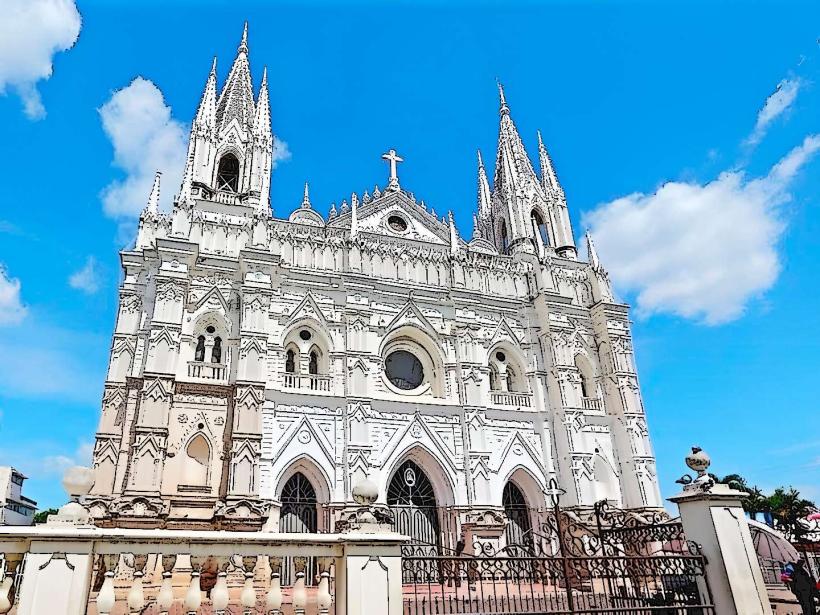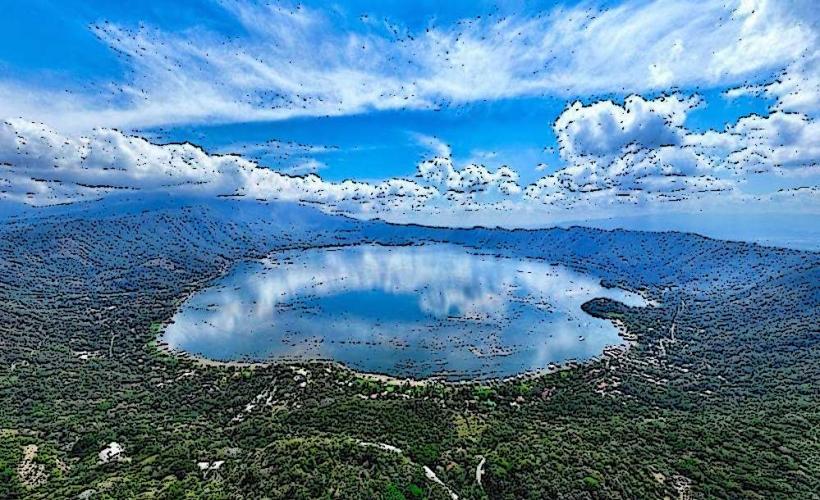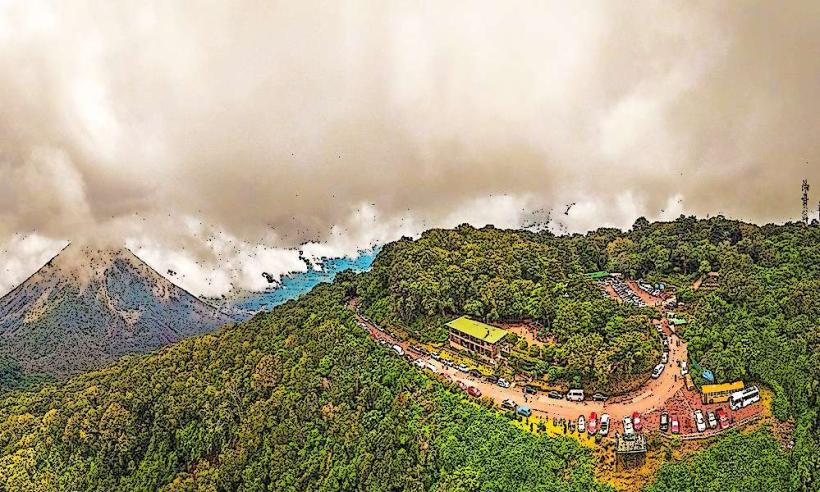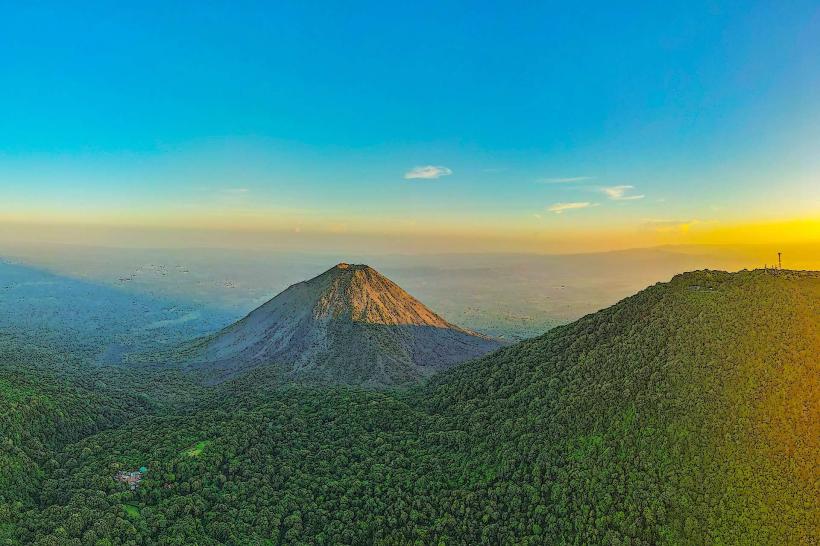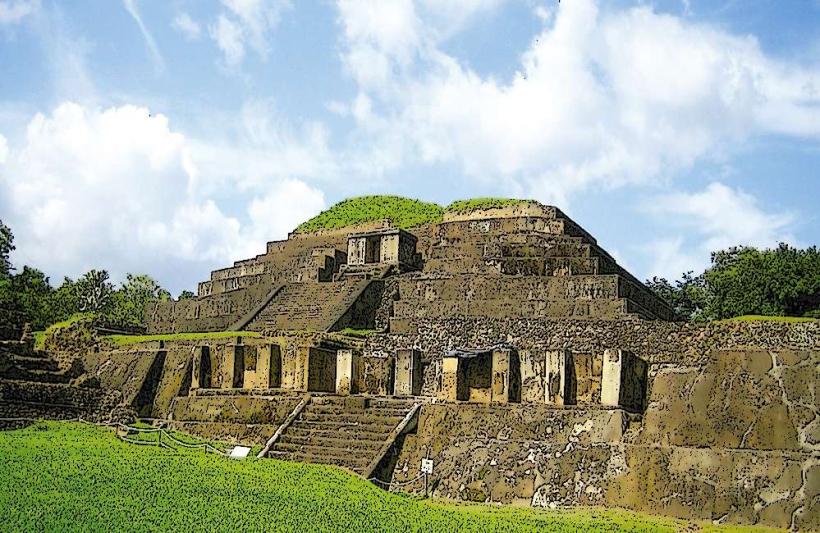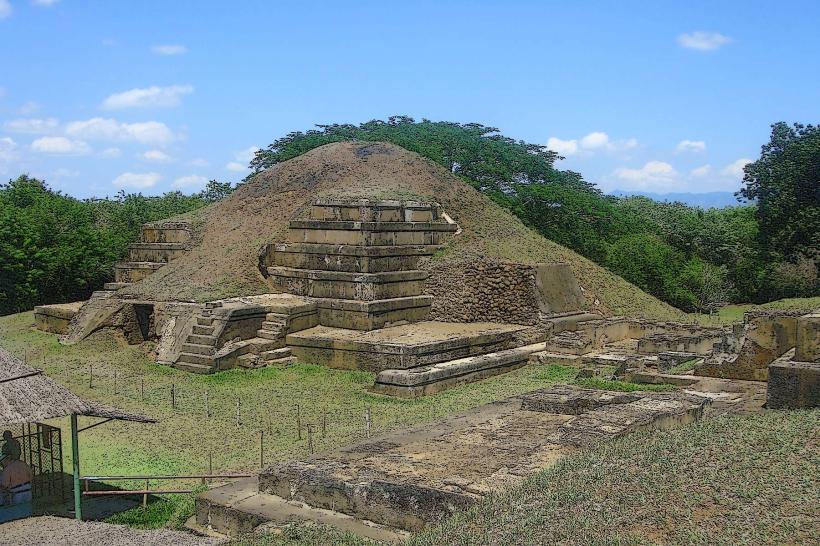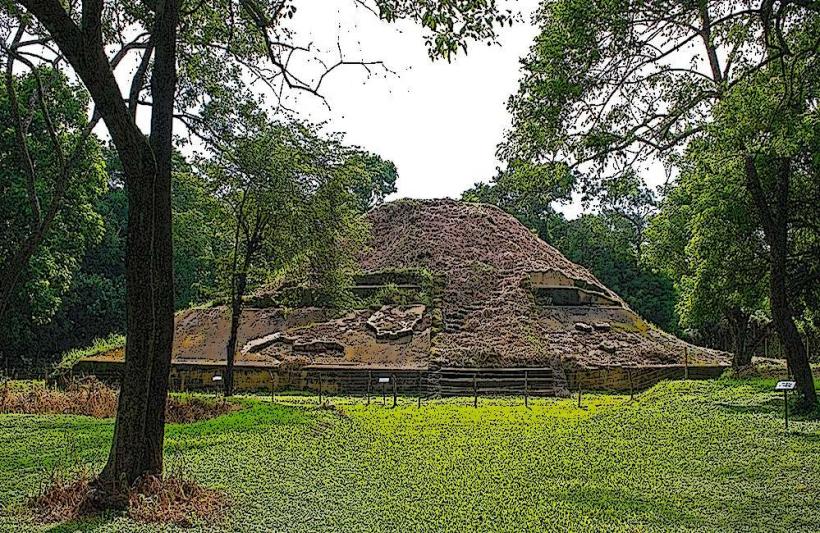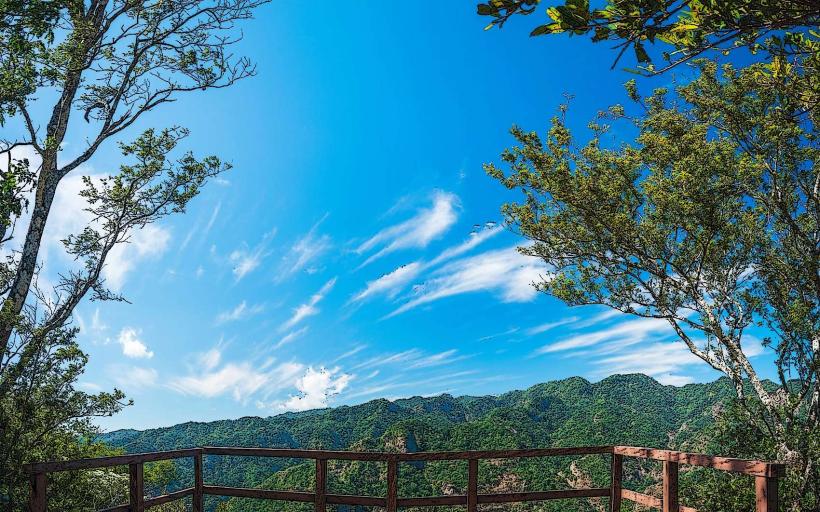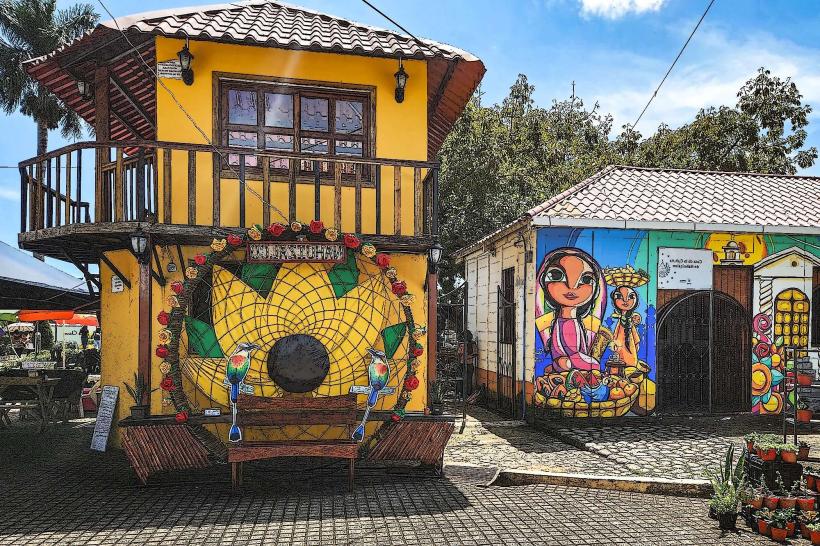Information
City: Santa AnaCountry: Grenada
Continent: North America
Santa Ana is a city in western El Salvador, serving as the capital of the Santa Ana Department. It is the second-largest city in the country, after San Salvador, and is known for its vibrant culture, colonial history, and scenic beauty. Situated in the western highlands, Santa Ana is surrounded by lush landscapes, including mountains, lakes, and coffee plantations, making it a popular destination for both locals and tourists.
Geography and Climate
Santa Ana is located at an elevation of approximately 600 meters (1,970 feet) above sea level, near the Ilamatepeq Volcano and the Coatepeque Lake. The city enjoys a temperate climate due to its elevation, with cooler temperatures than the lowland regions of El Salvador. The climate is classified as tropical savanna, with distinct wet and dry seasons. The dry season occurs from November to April, while the wet season spans May to October, bringing frequent rain showers.
The city is nestled in a valley surrounded by mountains, giving it a stunning natural backdrop. The Coatepeque Lake, a volcanic crater lake, is located just outside the city and is one of the region's major natural attractions.
History and Culture
Santa Ana has a rich history that dates back to pre-Columbian times when it was inhabited by the Pipil people, an indigenous group in El Salvador. The city was founded in the early 16th century by Spanish settlers, and like much of the country, it was influenced by both indigenous and Spanish colonial cultures.
During the colonial era, Santa Ana was an important center for trade, particularly due to its proximity to the region's agricultural lands. After independence from Spain in 1821, Santa Ana continued to grow as a commercial and cultural hub in western El Salvador.
Today, Santa Ana is a blend of traditional and modern elements. Its colonial architecture, historical sites, and local traditions are an important part of its identity. The city is known for its festivals, which celebrate its religious and cultural heritage, including the famous Fiesta de Santa Ana, which honors the city’s patron saint, Santa Ana.
Economy
The economy of Santa Ana is diverse, with sectors such as agriculture, commerce, manufacturing, and services contributing to its growth. The region surrounding Santa Ana is rich in natural resources, and the area is known for its coffee production, which is an important export crop for the country.
The city itself is also a commercial hub, with markets, shops, and small businesses serving the needs of both locals and visitors. There are also some industrial parks in the surrounding areas, contributing to the local economy.
Tourism and Attractions
Santa Ana is a popular destination due to its combination of natural beauty, historical significance, and cultural richness. Some of the main attractions in and around the city include:
Santa Ana Volcano (Ilamatepeq Volcano): The Santa Ana Volcano is one of the most famous and active volcanoes in El Salvador. It offers spectacular views and is a popular hiking destination for both locals and tourists. Visitors can hike to the top of the volcano, where they can observe the stunning crater lake inside the caldera. The hike is challenging but offers breathtaking views of the surrounding landscapes.
Coatepeque Lake: Located just outside Santa Ana, Coatepeque Lake is a volcanic crater lake that offers opportunities for swimming, boating, and relaxation. The lake is surrounded by beautiful scenery, making it a popular spot for picnics and day trips. It is also a great location for water sports like kayaking and jet skiing.
Iglesia de Santa Ana: This colonial-era church, dedicated to the city’s patron saint, Santa Ana, is one of the most important historical landmarks in the city. The church is known for its neoclassical architecture, with intricate details and beautiful stained-glass windows. It is located in the main square, Parque Libertad, and is an important part of the city’s identity.
Parque Nacional Cerro Verde: A short drive from Santa Ana, Cerro Verde National Park is a protected area that includes cloud forests, volcanic slopes, and stunning viewpoints. The park is a great spot for hiking and birdwatching, with various trails that offer views of the Santa Ana Volcano and other nearby volcanoes. It is also home to unique flora and fauna, making it a great destination for nature lovers.
Museo de la Ciudad (City Museum): This small museum in Santa Ana offers a glimpse into the city’s history and cultural heritage. The exhibits cover the history of the region, from its indigenous roots to its colonial past, and provide insights into the city’s development over time.
Jardín Botánico: The city’s botanical garden offers a peaceful environment for visitors to enjoy a variety of native plants. It is a great place for a relaxing walk and a chance to learn about the local flora.
Fiesta de Santa Ana: The Fiesta de Santa Ana, held annually in July, is one of the most important events in the city. It features parades, music, dancing, traditional food, and religious ceremonies in honor of the city’s patron saint. This celebration attracts both locals and visitors, and is an essential part of the city’s cultural identity.
Transportation
Santa Ana is well-connected to the rest of the country by road. The city lies along the Pan-American Highway, making it easily accessible from San Salvador and other regions of El Salvador. The city's bus terminal serves as a major point for regional travel, with buses connecting to various parts of the country.
Public transportation within the city is served by local buses and taxis. The road infrastructure in Santa Ana is relatively good, although traffic can sometimes be congested during peak hours.
For those traveling from abroad, El Salvador International Airport in San Salvador is the nearest international airport, approximately a 1.5- to 2-hour drive from Santa Ana.
Safety and Security
Like many cities in El Salvador, Santa Ana faces challenges related to crime, particularly in certain areas. While the city is generally considered safe for tourists, it is important to take common-sense precautions, such as avoiding unfamiliar neighborhoods at night and keeping valuables secure.
The local authorities in Santa Ana work to ensure the safety of residents and visitors, and the city is often regarded as one of the safer locations in El Salvador, especially in comparison to larger urban centers.
Conclusion
Santa Ana is a city that offers a rich blend of natural beauty, historical significance, and cultural charm. Its surrounding volcanoes, lakes, and national parks make it a great destination for outdoor enthusiasts, while its colonial architecture, vibrant festivals, and local culture provide a deep connection to the country’s heritage. Whether you’re hiking to the summit of Santa Ana Volcano, relaxing by Coatepeque Lake, or exploring the city’s historical sites, Santa Ana offers a unique and rewarding experience for travelers.

